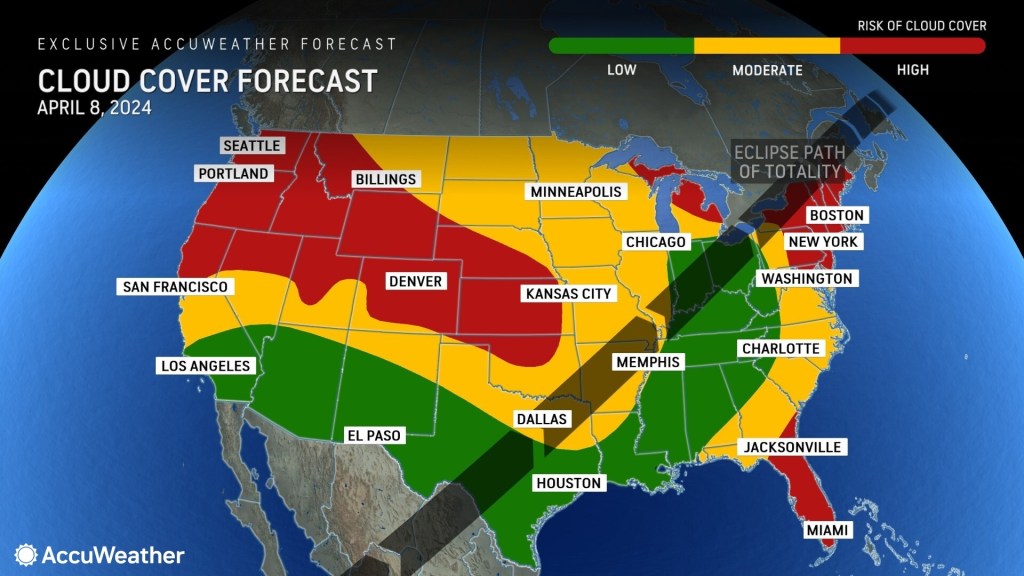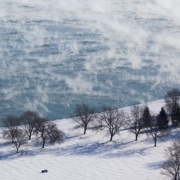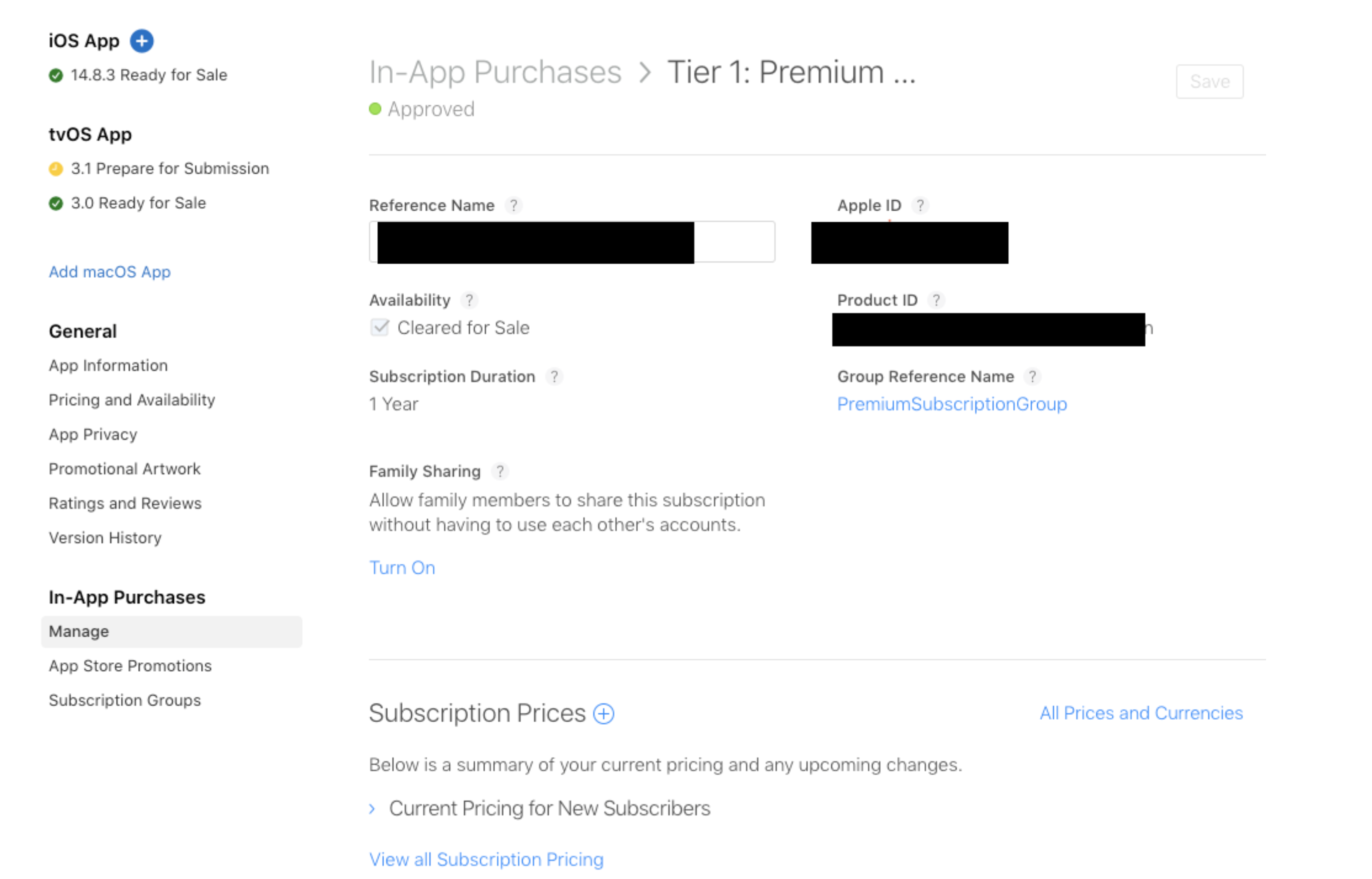AccuWeather meteorologists are available 24/7 to provide further insights and updates on evolving weather conditions. Please contact pr@accuweather.com during regular business hours, or support@accuweather.com or call AccuWeather’s Media Hotline at (814)-235-8710 at any time to arrange interviews with AccuWeather experts or to request the most updated graphics for print or broadcast.
Early Viewing Forecast For April 8 Total Solar Eclipse
|
|||||||||||||||
March 8, 2024
AccuWeather Global Weather Center – March 8, 2024
UPDATED - March 11, 2024
AccuWeather’s expert meteorologists and long-range forecasters have issued an early viewing forecast along the path of totality, stretching across the United States from Texas to Maine.
“You definitely want to be looking at the sky on April 8, because if you miss the solar eclipse this year, you have to wait two decades until the next chance to see a total solar eclipse from the United States,” said AccuWeather Astronomy Expert and Meteorologist Brian Lada “That’s happening in 2044, but only in parts of Montana and the Dakotas, followed by an even more impressive total solar eclipse from California to Florida in 2045.”
What areas have the best chance for clear skies
AccuWeather Lead Long-Range Forecaster Paul Pastelok says the best locations for favorable weather during the total solar eclipse may be in Southern Texas, areas of the Ohio Valley, and the Great Lakes region.
The odds of cloudy weather are a little higher in the Mississippi Valley and Tennessee Valley.

At this time, it appears that the Northeast faces the highest chance of clouds blocking the view of the total eclipse.
All of that said, we’re still a month out, so there is a chance that cloud-free weather could win out in these areas when the sun, moon and earth align on April 8.
How the solar eclipse cloud forecast was created
AccuWeather expert meteorologists analyzed multiple weather factors and historical data to create the early cloud forecast for the four-minute window, when the moon completely blocks out the sun on April 8.
“There is a good possibility that a cold front will be moving across the central and eastern U.S. near the time of the eclipse,” said Pastelok.
The exact timing and location of the front could be the difference between clear skies and cloud-filled skies that could wreck eclipse viewing plans.
There is also the risk of a slow-moving storm system over the Southeast during April.
“If one of these systems forms, the duration of cloud cover can be longer with any system, leading to poor viewing,” explained Pastelok.
The gradual weakening of El Niño was also factored into AccuWeather’s first cloud cover forecast for the total solar eclipse. El Niño occurs when the water temperature near the equator of the eastern Pacific Ocean is above historical averages, which can influence weather patterns across North America.
“El Niño conditions will remain despite rapid weakening this spring and could continue to produce an active pattern across the nation around the time of the eclipse,” said Pastelok.
Severe weather season also ramps up in April, resulting in the possibility of thunderstorms in parts of the Plains, Mississippi Valley, and Tennessee Valley.
Smaller clouds could dissipate during the eclipse as the moon blocks out the sun, but thunderstorms in the area could continue to thrive during the four-minute spectacle.
One positive note in the long-range forecast for people hoping to witness the eclipse is the forecast for temperatures along the path of totality.
“At this point, we do not see any serious late-season cold weather, but it could be chillier across parts of the south-central Plains and Midwest, and cooler across the mid-Atlantic and Northeast,” said Pastelok.
Consider packing a jacket or sweater for April 8. Temperatures can briefly drop by several degrees when the moon blocks the sun’s rays along the path of totality.
“Total solar eclipses are not rare. They happen every year, somewhere around the world. What is rare is to have them visible here in the United States. Before the 2017 Great American Eclipse, you have to go all the way back to 1979 for the last time a total solar eclipse was visible in the U.S., said Lada. “There is still time to buy eclipse glasses, but you better hurry because time is running out. If all else fails, check and see if you still have eclipse glasses from the 2017 eclipse. As long as they are not damaged or scratched, they still should be safe to use.”
Check AccuWeather Solar Eclipse for the latest forecast and updates.
Additional AccuWeather Resources:















